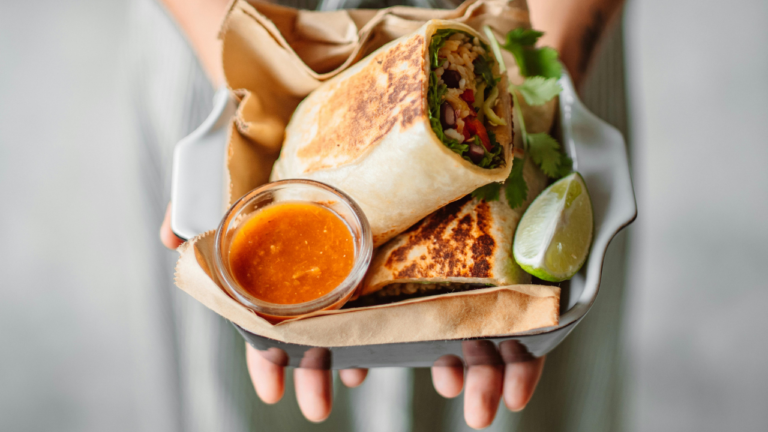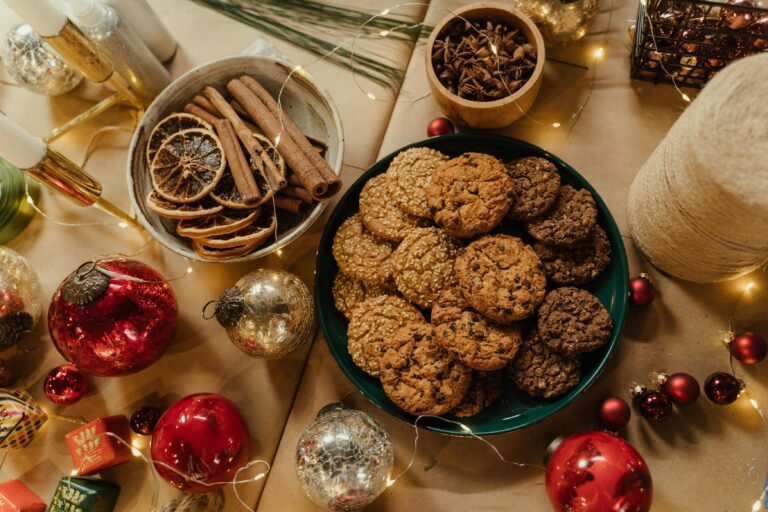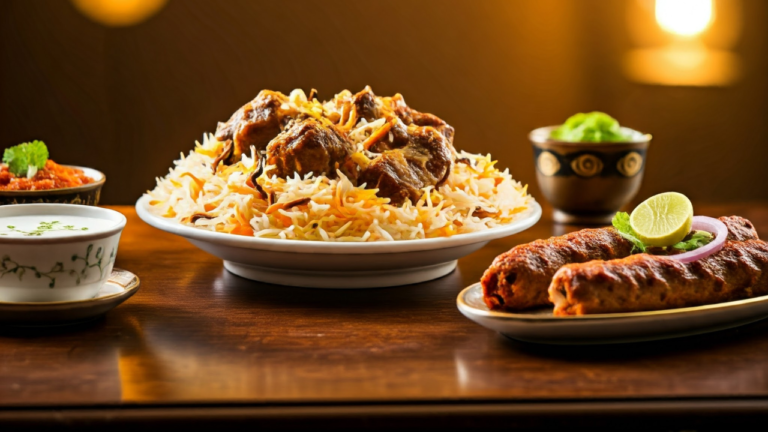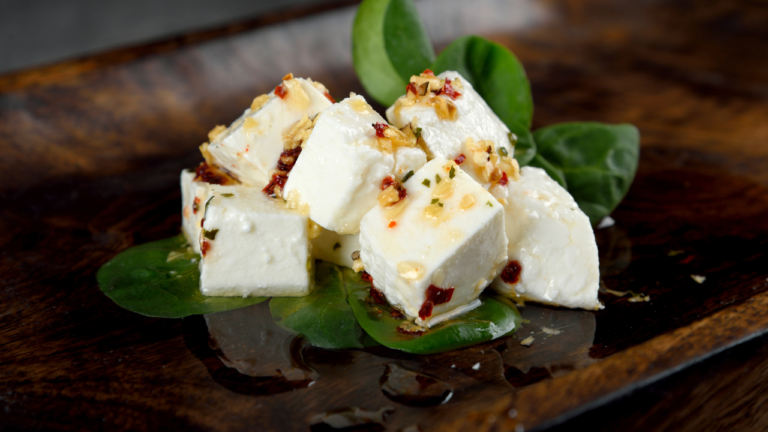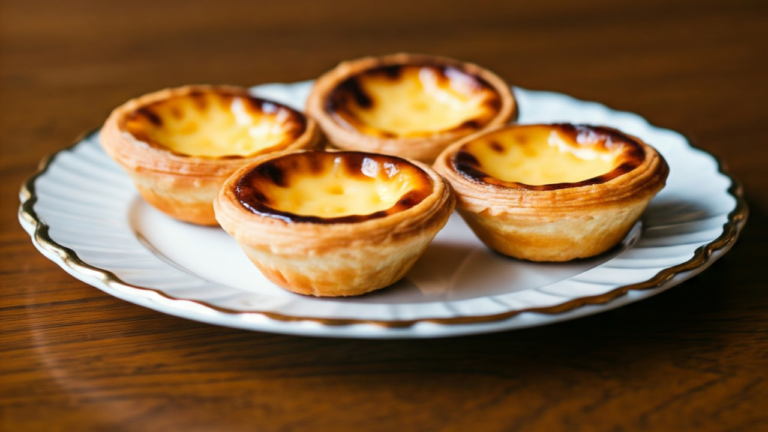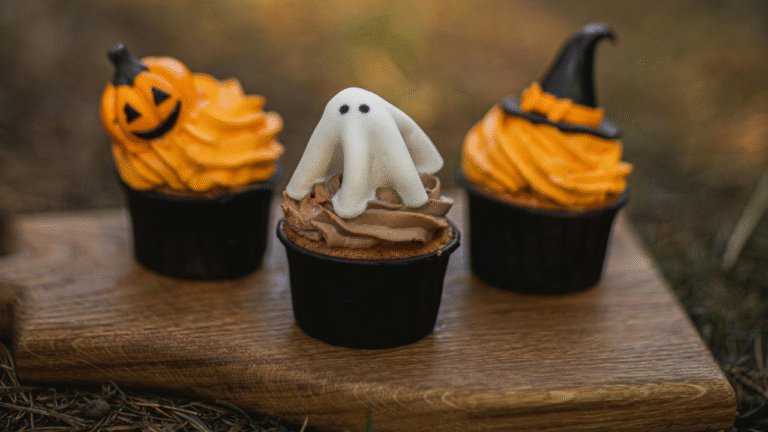5 Must Follows Baking Rules, Don’t Break Them
Are you willing to work on your baking expertise?
While cooking allows for creativity and personal opinion, baking is more of a science. It requires precision and devotion to the recipe; otherwise, you may wind up with flat cookies or a sunken cake disaster. However, with the proper information and a few easy guidelines, there is no reason to be afraid by baking.
These little-known techniques, such as finding the ideal substitute for heavy cream or perfecting the art of a gorgeously swirling Swiss roll, will bring your baking expertise to new heights. This is the time to bring out your creativity and attempt ambitious baking tasks.

So get your flour, sugar, and butter and prepare for a spring baking experience. With these pro moves at your disposal, your sweets will be even more delicious and extraordinary.
Proper Measurement:
Proper measurement is key in baking and the most important rule to follow. For maximum accuracy, weigh your ingredients on a digital scale. If you don’t have one, you can use the spoon and level approach with dry ingredients. Fill the ingredients into a dry measuring cup and level the top with an edge that is even. This may appear laborious, but it’s necessary. Measuring flour by volume might cause multiple ounce differences, resulting in dry baked items. Only brown sugar should be placed in a cup. For liquids, use clear measuring cups with pour spouts and levels.
It helps to know your baking equivalents so that you can measure ingredients correctly in the kitchen. Here are a few well-known baking equivalents:

- 3 teaspoons = 1 tablespoon
- 4 tablespoons = 1/4 cup
- 5 tablespoons + 1 teaspoon = 1/3 cup
- 2 cups = 1 pint
- 2 pints = 1 quart
- 4 quarts = 1 gallon
Whenever it comes to baking, precise measurements matter for success. Follow these useful guidelines for perfect measurement in the kitchen:
- To fluff flour and powdered sugar in a dry measuring cup, use a fork. This eliminates clumps and air spaces, allowing for more accurate measurements.
- To measure brown sugar, compress it in the measuring cup. Fill the cup with your fingers or a spoon, pressing down hard many times. The brown sugar should retain its form after being removed.
- Use Negative Weight on Scale: For difficult substances like jam or honey, use the negative weight setting on your scale. Place the jar or bottle on the scale, tare it to zero, then spoon out the ingredient until it reads the required negative weight. This avoids the need to transfer the ingredient to a new container.

Weighing ingredients, especially flour, is vital for accurate measurement. Because flour is the key component in baking and is difficult to precisely measure using volume, look for recipes that state components in grams. Metric weight measurement ensures accurate amounts of both wet and dry substances. While many amateur cooks use cups and spoons, professional pastry chefs around the world use metric weight to ensure consistency. When measuring flour, always stir it in the bag before spooning it into the cup and leveling off. Avoid scooping, since it compacts the flour and results in excessive amounts. Mismeasured flour is frequently the cause of faulty baked items, so use particular cautious with this ingredient and others.
Ingredients Temperature:
When following a recipe, make sure you use room temperature ingredients. Cold butter cannot be creamed correctly, and cold eggs can shock and curdle the batter. Ideally, ingredients should be left on the counter overnight to achieve room temperature, although it’s natural that this step is frequently overlooked. To quickly bring eggs to room temperature, set them in a bowl and rinse with warm running water for a few minutes. You can microwave butter, but be careful not to overheat it, as this can spoil a recipe. I propose chopping the butter into 1-inch chunks and microwaving it at 50% power for 10-second intervals until soft.
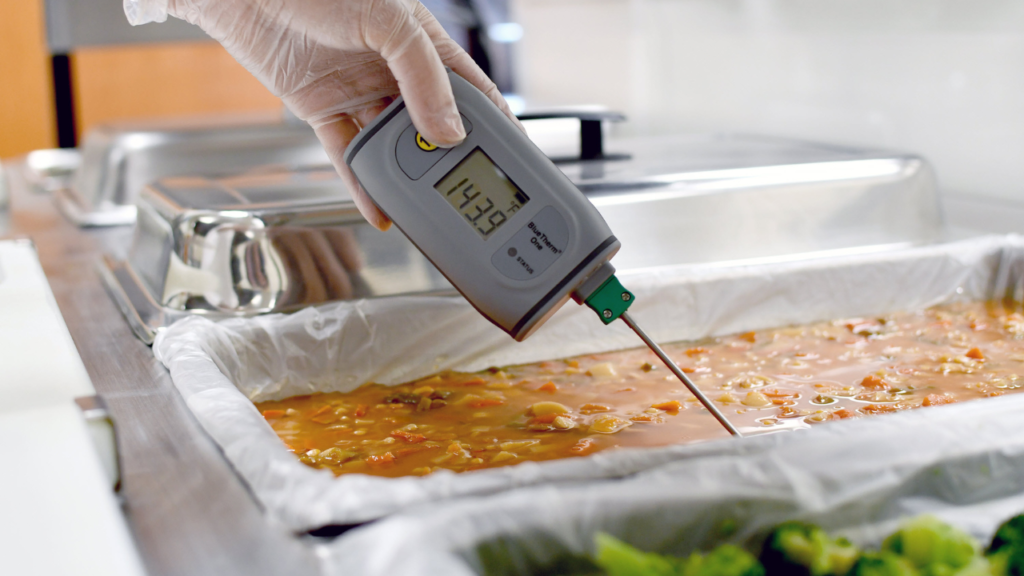
It is best to bring chilled ingredients such as butter, eggs, and cream to room temperature before baking. Take these ingredients out of the fridge at least a few hours before you begin this. This facilitates even mixing and maintains that all of the baked items have the same texture.
Note that temperature is very important during baking. When a recipe calls for softened butter or cold ingredients, make sure to follow the instructions exactly. If you’re creating dough that demands a flaky texture, keep everything extremely cold. Any changes you make to the temperature of the components will affect the final result. The difference between baking dough with cold butter versus warm melted butter is significant since the chemical reactions are completely different.
Fresh Ingredients:
One of the top responsibilities in baking is making sure that chemical leavening ingredients like baking powder and baking soda are fresh and effective. These agents typically lose their efficacy after six months, resulting in baked items that do not rise correctly. Similarly, spices such as cinnamon, nutmeg, and cloves can lose flavor with time, especially if pre-ground. To achieve the finest results, utilize fresh ingredients.

It’s important to note that moisture, fat, and protein levels can vary slightly between brands of butter, yogurt, buttermilk, and wheat. The end result may be seriously affected by these modifications. It is best to use the brands advised by the recipe developer or to select products that regularly perform well for your baking needs. By repeatedly using the same brands, you can learn how they react in your recipes.
Admit it or not, the brands you use can make a major impact in baking, particularly when it comes to flour. In my own baking, I prefer to use King Arthur Flour since it contains somewhat more protein, which gives baked items a better structure. Unsalted Land O’ Lakes butter is my preference, and McCormick Pure Vanilla Extract is my go-to brand. In addition, I only use large eggs in my recipes.

While it is important to avoid substituting basic components like all-purpose flour, sugar, butter, or eggs, there is opportunity for experimentation in baking. Feel free to make minor alterations that will not affect the chemistry of the recipe, such as adding nuts or substituting orange zest for lemon zest. Baking is a form of science, so act with care and be mindful of the implications.
Stay Soft Handed:
The phrase “Do not overmix” is widely used in baking and has importance. When flour is added to a recipe, mixing promotes gluten production, which can result in a chewy or tough texture. While kneading bread dough promotes gluten production for a satisfying chew factor, we prefer soft cakes and muffins that require little gluten development. When a recipe says not to overmix, stir the batter only until it is consistent, without overmixing.

“Do not overwork the dough” is a common instruction included in scones and biscuit recipes. This is because excessive mixing can activate gluten while also heating or melting the butter. Cold butter bits in the dough form steam pockets during baking, resulting in delicate and flaky baked items. So, touch the dough gently and avoid overworking it.
Make a well in the middle of the bowl for the wet components after adding the dry ingredients for proper mixing. Mixing everything at once might lead to uneven distribution and overmixing, which is not ideal, especially in delicate doughs and batters.
Flour includes gluten, and as you stir, beat, or knead it, it becomes firmer and more elastic. While this may be desired for some recipes, such as pizza dough, it is not suitable for pie crust. Pay attention to the mixing durations and intensities specified in your recipe to avoid overmixing and excessive gluten production.

It really matters to handle pie crust and other pastry dough gently. Contrary to popular belief, taking out your frustrations on the dough can result in tough baked items. To prevent sticking, sprinkle a little dusting of flour on the rolling pin or counter, but avoid handling the dough too much or adding too much flour. Excessive handling and flour might lead to a tough and dry pie crust or bread.
When a recipe calls for “folding” one ingredient into the batter, begin at the bottom of the bowl and gently sweep the spatula across the top to equally include the additional ingredient. Rotating the bowl while folding allows for thorough mixing without overmixing or inflating the batter.
Cake, muffin, and bread pans should only be filled to about two thirds of the capacity. This gives the batter enough room to expand and rise while baking. Overfilling may lead batter to overflow and burn in the oven, thus it is best avoided.
Follow these recommendations and understand the impact of overmixing to improve your baking outcomes.
Invest On Quality Bake Ware & Utilities:
Purchasing high-quality baking supplies and equipment may make baking much more enjoyable and raise the caliber of what you bake. Here are some things to think about:
Baking Dishes & Pans:
- Ceramic baking trays and pie pans give consistent baking performance.
- Choose metal straight-edged cake pans that are thick and sturdy for optimal heat distribution.
- Use the pan size recommended in the recipe to ensure proper cooking time and prevent issues like burning or overflowing.

Pan Color:
- Light-colored pans are better because they prevent over-browning or burning and spread heat more evenly.
- Dark-colored metal or glass pans tend to absorb and retain more heat, so adjust the temperature or baking time if using them.
Silicone Baking Mat:
- Using a silicone baking mat can protect your pans, promote even baking, and reduce cleaning time.
Silicone Spatula:
- Opt for a silicone spatula that can withstand heat and has a solid one-piece construction to avoid water accumulation in the handle.
Stand Mixer or Electric Hand Mixer:
- A high-quality stand mixer yields even mixing, stiff meringues, and perfect whipped cream.
- Kitchen Aid mixers are known for their durability, but an electric hand mixer can also be a good alternative.

Parchment Paper:
- Parchment paper is a versatile tool that helps with even baking, easy release of baked goods from pans, and prevents cookie spreading.
- Layer baking sheets, cake pans, and dishes with parchment paper for best outcome.
Measuring Flours:
- For exact measurements, put the flour into the measuring cup and level it off with a knife rather than scooping it with a measuring cup.
Weighing Ingredients:
- Using recipes with ingredients measured in grams or pounds provides greater precision in your baking.
- Spending money in a kitchen scale improves accuracy when measuring items.
With following these guidelines and investing in ideal baking equipment, you may improve your outcomes and have a more efficient and joyful baking experience.



